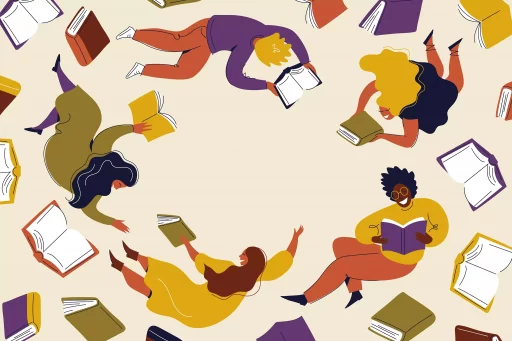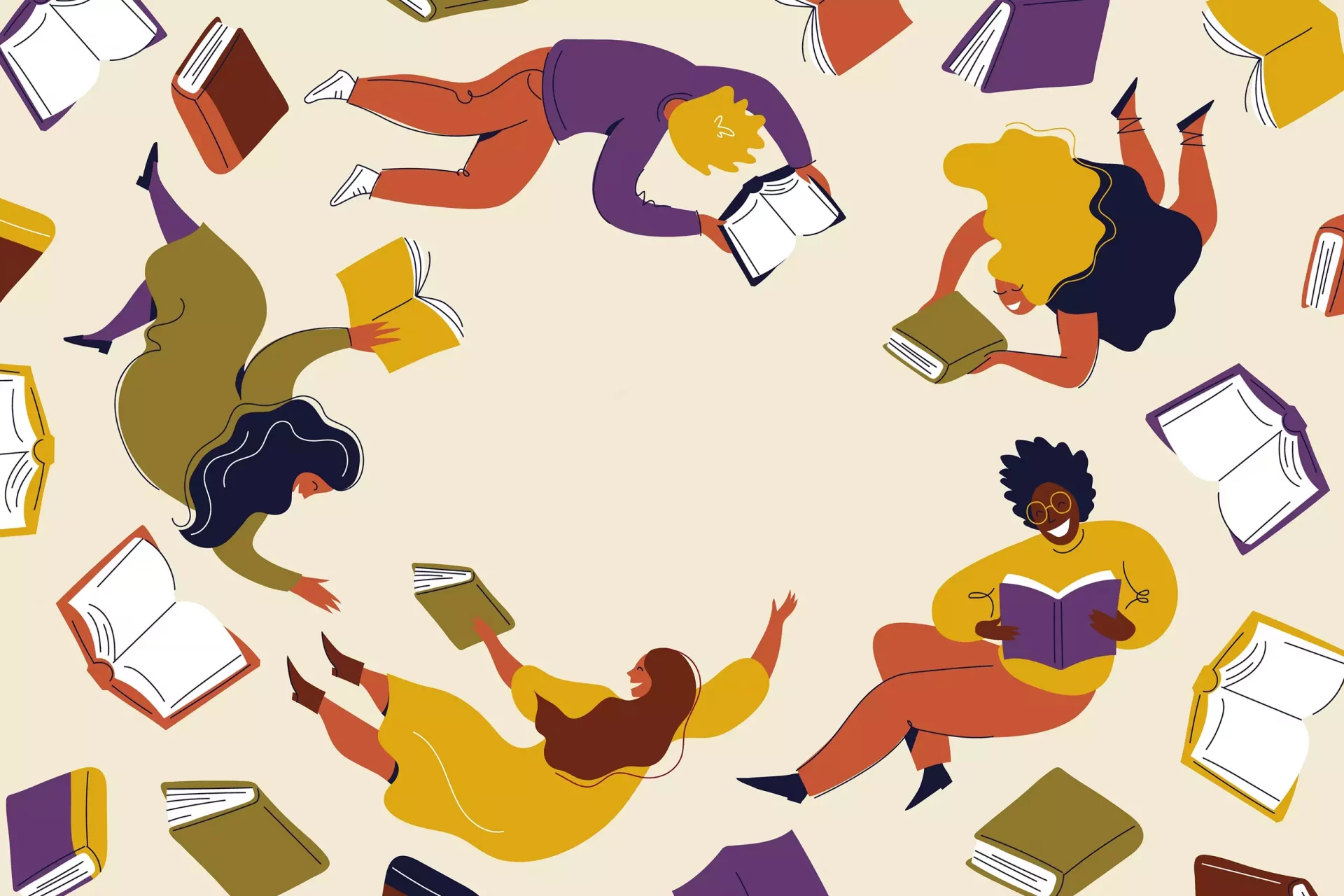Introduction to Fairies
Fairies have captivated our imaginations for centuries, serving as an enigmatic bridge between the natural world and the supernatural. Found in folklore across various cultures, the concept of a fairy has evolved over time, representing different meanings and characteristics. This article will explore the meaning of fairies, delve into their origins, different types, modern interpretations, and their significance in popular culture.
Origins and Etymology of Fairies
The word “fairy” is derived from the Old French word faerie, which refers to enchantment or a realm of magic. The origins of fairies lie in ancient folklore, often associated with nature spirits, deities, and even the dead. In early traditions, fairies were not always depicted as small, delicate beings with wings; rather, they varied in form, often reflecting the beliefs and values of the culture in which they appeared.
Types of Fairies
Fairies can be categorized into several types based on their characteristics and the folklore from which they originate:
- Household Fairies: Familiar examples include Brownies and Hobgoblins, which are believed to assist families in exchange for small offerings.
- Nature Fairies: These fairies inhabit the natural world, such as the elemental fairies of earth, air, fire, and water.
- Dark Fairies: Often depicted in tales as malevolent, these fairies can bring misfortune or chaos to humans.
- Light Fairies: Typically benevolent beings who bring good fortune, love, and joy.
- Fae: A specific term often used in modern fantasy to refer to a diverse group of magical beings, showing a wide range of personalities and powers.
Fairies in Folklore and Mythology
Across cultures, fairies hold significant places in mythology and folklore, each culture giving them unique characteristics:
- European Folklore: In Celtic traditions, fairies are often viewed as a race of supernatural beings who reside in a land parallel to ours, known as the Otherworld.
- Japanese Mythology: Yōkai are spirits or demons that have similarities to Western fairies, showcasing themes of mischief and transformation.
- Native American Legends: Some tribes speak of nature spirits that embody the essence of plants, animals, and weather.
These diverse interpretations showcase the rich tapestry of human belief and storytelling surrounding fairies.
Modern Interpretations of Fairies
In contemporary culture, fairies are often depicted in literature, film, and art, with nuanced interpretations ranging from whimsical to dark:
- Literature: Works like J.M. Barrie’s “Peter Pan” and C.S. Lewis’s “The Chronicles of Narnia” have solidified the fairy’s role in children’s literature.
- Film and Television: Movies such as “Pan’s Labyrinth” and shows like “Once Upon a Time” portray fairies as complex characters with rich backstories.
- Art: Many artists have drawn inspiration from fairies, portraying them in various styles from classical to modern fantasy.
Moreover, the popularity of fairies has led to various adaptations in merchandise, from toys to fashion, emphasizing their ability to inspire wonder and creativity.
The Psychology of Fairies in Human Experience
Engaging with fairy tales and folklore serves various psychological functions. Studies indicate:
- Imagination Development: Children exposed to stories about fairies can enhance their creative thinking skills.
- Coping Mechanisms: The presence of fairies can symbolize hope or optimism, helping individuals cope with life’s challenges.
- Connection to Nature: Believing in magical beings tied to nature can cultivate a reverence for the environment.
Statistics show that nearly 80% of parents read fairy tales to their children, signifying their importance in early childhood development.
Conclusion
Fairies represent more than just whimsical figures from folklore; they embody complex themes of magic, morality, and nature. As their interpretations have evolved, so too has their significance in our lives. By understanding the meaning of fairies, we tap into the larger narratives of humanity—of dreams, ethics, and the ever-elusive search for magic in the mundane.


